A thorough comparison of Japanese sake “old sake” and “new sake”!
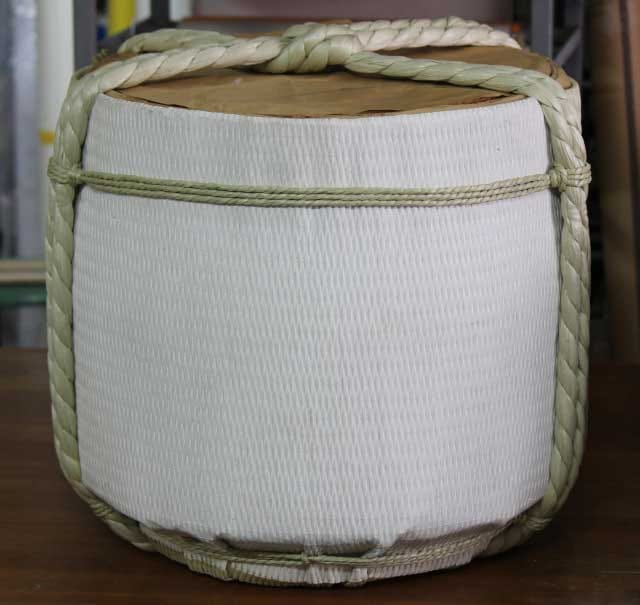
This time, we will compare Japanese sake “old sake” and “new sake”. There are many types of sake, but even with the same brand, there are significant differences in taste and flavor between new and old sake. I hope that everyone will learn about the appeal of sake by comparing old and new sake.
What is new sake? What is old sake?
First, I will give a brief explanation about new and old sake.
What is new sake?
The definition of new sake is “Japanese sake made within the year of manufacture”. The sake year is from July 1 to June 30. Generally, it is easy to make a mistake because April 1st to March 31 days are 1 years, but you should know that the sake year starts in July.
Normally, sake is prepared from 10 month when rice is harvested and shipped in 3 month of the following year. What is completed within the year from preparation to shipment is called new sake.
What is old sake?
Again, sake begins to be prepared in 10 month and shipped around 3 month of the following year. However, some products are delayed in order to mature in the brewery. Products that started production in 10 month and are shipped beyond 6 month 30 days are called “old liquor”.
Let's understand that the process of brewing and shipping across multiple years is called old sake.
What is the difference between “new sake” and “old sake”?
Here, we will introduce 3 differences between new and old sake. There is a big difference between new sake and old sake, so you can enjoy more sake by knowing the difference.
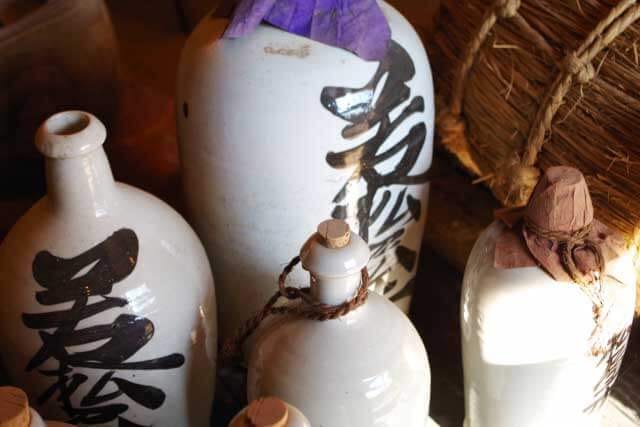
Difference between “new sake” and “old sake” ①: Brewing year
The 1 point is the difference in the brewing year. As it is repeated, I will briefly explain it. “Sake” is a product that is completed from production to shipment within the brewing year, and “old wine” is a product that is manufactured and shipped across multiple years.
Difference between “new sake” and “old sake” ②: How to get sick
The 2 point is the difference in how you get sick. I would like to introduce a book from the Edo period that clearly shows the difference between how to drink new and old sake. The following sentences are the descriptions that appear in the Edo period book “Kenmon Key Words”.
“Kyoto says that the old sake is called Gion, and the new sake is called the“ Goryosai ”. The old sake has a strong taste, and the whole body gets drunk. Just like the Gion Taisha festival crowded in both Tokyo and Shimogyo, the taste of Shinshu is thin, the head is drunk and the body is not drunk at all. Is the same. ''
In the above text, old sake has a deep taste and drunk comfortably so that the entire body is moistened, while new sake has a light taste and only the head gets drunk. In terms of whether you like fresh sake or old sake, I think it depends largely on your personal preference, but the fact that there is a difference in the better one is a fact that has been known since the Edo period.
Difference between “new sake” and “old sake” ③: taste and color
The taste and color of old sake differ greatly from that of new sake.
Many old sakes have a brownish color like amber, but new sakes are often transparent. The old sake tastes sweet like cacao and caramel, but the new sake has a youthful feel that you can taste. In this way, new and old sake differ greatly in terms of color and taste.
Because old sake has more color and flavor than new sake, it is recommended to drink it in a wine glass to make the most of the features of old sake.
What is the reason for the difference in drinking between new and old sake?
I wrote that the way of drunk is different in the difference between new and old sake. Here, I will explain why there is a difference in the way people get drunk in new and old sake.
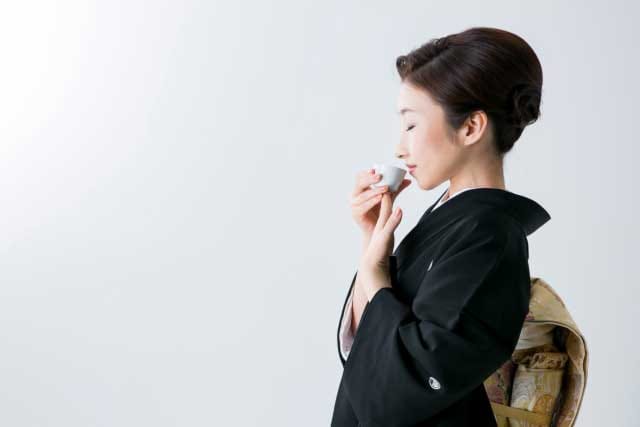
In order to understand the difference in drinking between fresh and old sake, it is important to first know the true nature of intoxication. It is said that we are drunk because of the action of ethyl alcohol contained in sake. The reason why people get drunk in old and new sake is because the way that ethyl alcohol works is different.
Alcohol contained in Shinshu has both alcohol molecules and water molecules alone. On the other hand, alcohol contained in old liquor is attached by causing molecular bonds between alcohol molecules and water molecules. Because of the different forms of alcohol, the way of working changes between new and old sake.
In our body, alcohol molecules and water molecules that are attached together are easier to digest alcohol. As a result, old sake is more drunk and less drunk. In addition, as the age of aging increases, the molecular bond tends to advance, so it is characterized by the fact that aging of old sake is less drunk.
Learn more about the difference between old and new sake and taste
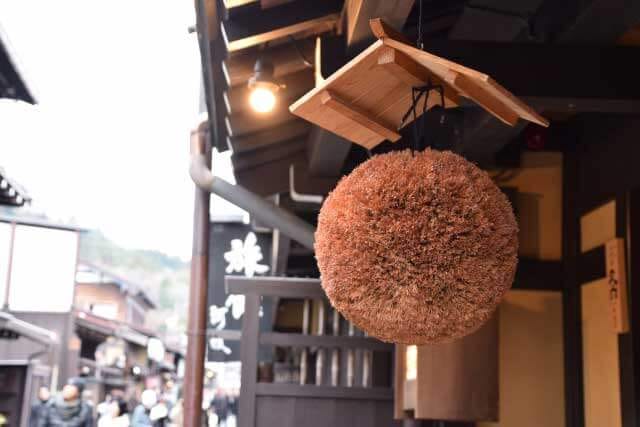
I think that you can understand from the contents so far that old sake and new sake are very different. From here, I would like to write more about the difference between the taste of old and new sake.
The taste of old sake
As the definition of old sake, we have introduced Japanese sake that was made from production to shipment over several years. Therefore, even if the aging period is 1 years, 20 years are also classified as old liquor. In addition, since the taste varies depending on the brand, it can be said that you can enjoy various tastes even with the same old sake.
The characteristic of the taste of old sake is that there are many things deeper than new sake. By slowly aging sake over time, the taste of the sake disappears and stabilizes due to the action of the enzyme. In particular, in the case of pure rice sake, it is possible to enjoy the aroma and taste of rice because it uses only rice as the raw material.
Taste of new sake
On the other hand, new sake has a big feature in fresh aroma and rough taste. For this reason, we recommend that you use a rich sake with a strong taste. The weight of the meal can be relaxed with the freshness of fresh sake, making it possible to balance the taste.
There is a strong taste difference between old and new sake, so be sure to understand it before enjoying it.
What is the difference between storage and aging?
Old sake is made by aging Japanese sake. For this reason, it may be thought that if you leave the sake in your house, it will become an old one, but aging will not proceed if you leave it alone. Sake is a drink with a high alcohol content, so it won't be stored and rotten, but if you don't store it in an appropriate environment, it will lose its flavor and flavor.
From here, we will explain how to properly store and mature sake.
Correct storage method of sake
First of all, sake is stored upright. This is because the taste of sake is better preserved when stored upright.
In general, I think that sake is usually stored in a refrigerator, but it is okay if it is not a refrigerator. Because UV rays cause deterioration of sake, store it in a cool, dark place where it is not exposed to direct sunlight.
Sake is shipped to reach consumers at the most delicious time. Therefore, you should drink within one month after purchase.
How to properly mature sake
If you want to ripen sake, you must leave it in a slightly different way from the storage method. First, when aging sake as a premise, do not expose it to direct sunlight. The method of aging sake differs depending on the type of sake to be aged.
When brewing genuine brewed sake or pure rice sake, store it at room temperature and away from direct sunlight. In summer, be careful not to exceed 28 degrees.
When aging ginjo sake, first let it sleep for about a year in the refrigerator. Then store it in a cool and dark place between 15 and 18 degrees. If the temperature is difficult to manage, we recommend using a wine cellar.
Summary
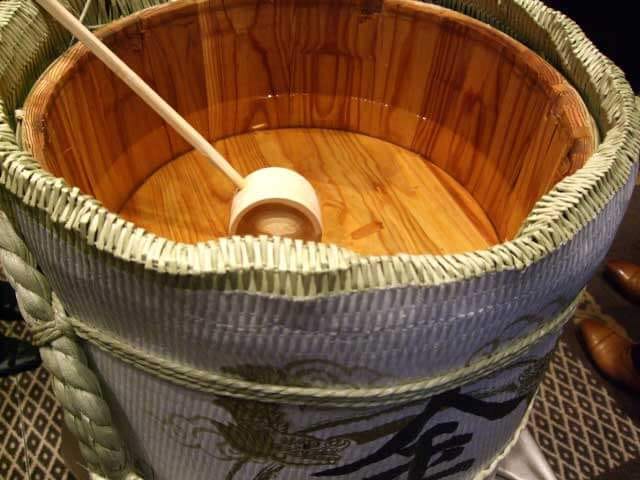
In this article, we compared new and old sake. There were various differences between the sake and old sake, such as the brewing year, how to get drunk, the taste, and the color. Which person feels better depends on the individual, but I think it is easier to drink old sake. If you can't drink fresh sake, please try a lighter old sake.
